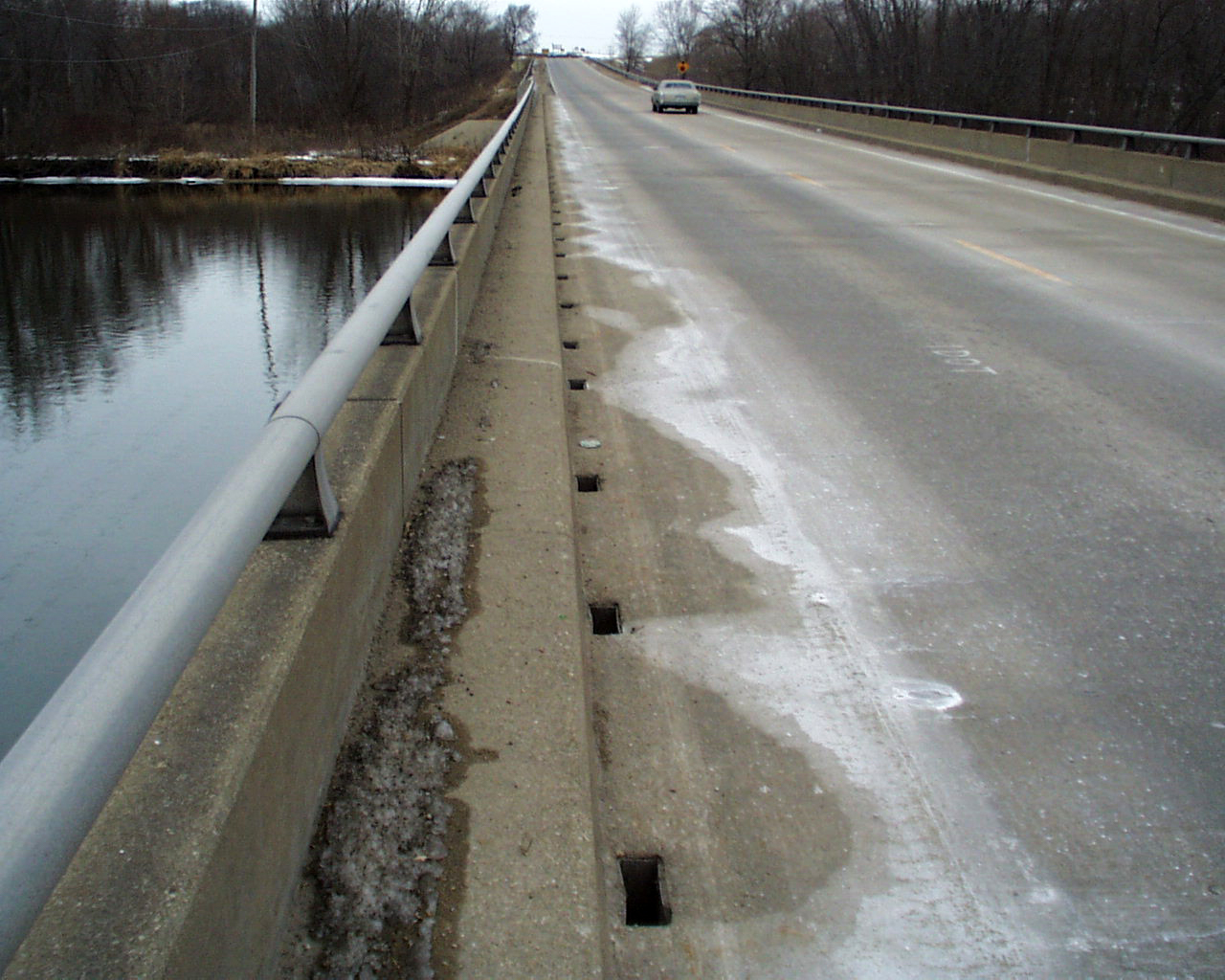Icy breath cascades across
our asphalt arteries,
meandering blockages
that we incinerate with
shovelfuls of salted grit;
their cloying excess
overspilling into unkempt
reservoirs that sigh with
the weight of our
forgetful affliction.
Saturated bedrock
pipes polluted poisons
to groundwater paths
that return flows laced
with chemical cocktails,
crescendos of chlorides
that leach contaminants
like tin soldiers drowning
in a toxic, rising sea.
Wheels spinning as
we fail to gain traction
in the drought
that will consume us
all.

This poem is inspired by recent research, which has found that road salts and other human sources are threatening the world’s freshwater supplies.
Freshwater ecosystems are essential for human societies, because they provide important services such as drinking and irrigation water, food, climate regulation and recreation. Although approximately 70% of Earth is covered by water, only about 2.5% of that is freshwater, and this is rapidly diminishing due to human influences. Although the effects of specific pollutants in freshwaters such as heavy metals or pesticides have received attention, other pollutants have been less studied. For example, although it has been known for a long time that human activities alter the total concentration of major ions (or salinity) and the composition of these ions in freshwater ecosystems, this issue has received relatively little attention. Yet this effect, which is known as ‘Freshwater Salinization Syndrome’, is an emerging water quality problem across the globe, with increases brought about by human activities such as sewage leaks, land clearing, and the application of road salts during icy weather.
In this new study, researchers have conducted a comprehensive analysis of the complicated and interconnected effects caused by Freshwater Salinization Syndrome and their impact on human health. By comparing data and reviewing studies from freshwater monitoring stations throughout the world, they found a general increase in chloride concentrations on a global scale, as well as more localised trends such as a 30-year trend of increasing salinity in places like the Passaic River in northern New Jersey and the Potomac River that supplies drinking water to Washington, D.C. In order to mitigate the dramatic impacts that this will have on human health and aquatic life, it is therefore essential for greater awareness to be made of the threat that Freshwater Salinization Syndrome poses, so that we change the ways we think about it, study it, and manage it into the future.
Discover more from The Poetry of Science
Subscribe to get the latest posts sent to your email.
Another shocking example of us destroying our natural habitat and eventually ourselves. 2.5% is so little freshwater for the whole planets needs and still we pollute it. Thank you Sam
Thanks Beth,
It is really scary. I think many people just assume that as long as they turn on the tap they will be ok… 🙁